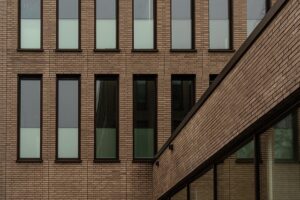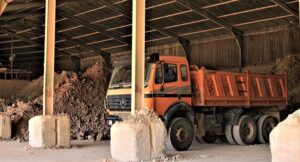Industrial destratification fans are specialized equipment for large spaces, tackling thermal stratification to ensure uniform air distribution and temperature control. Essential in manufacturing, warehouses, and construction sites, they reduce energy costs, enhance indoor air quality, and improve worker comfort through efficient air circulation. Low-profile designs blend aesthetically with architectural styles while minimizing visual disruption. Their versatility benefits diverse industries, contributing to operational efficiency, sustainability, and enhanced working conditions.
“Discover the revolutionary power of low-profile industrial destratification fans—a discreet yet dynamic solution for modern facilities. This article explores the world of minimal visual impact ventilation, delving into its key components and benefits. From understanding the fundamentals of destratification to examining design innovations, we uncover how these fans enhance environmental control efficiently. Explore their versatile applications across industries and learn why they’re becoming a game-changer in sustainable, unobtrusive cooling.”
- Understanding Industrial Destratification Fans
- Design Considerations for Minimal Visual Impact
- Key Features of Low-Profile Fans
- Applications in Different Industries
- Environmental Benefits and Efficiency
Understanding Industrial Destratification Fans
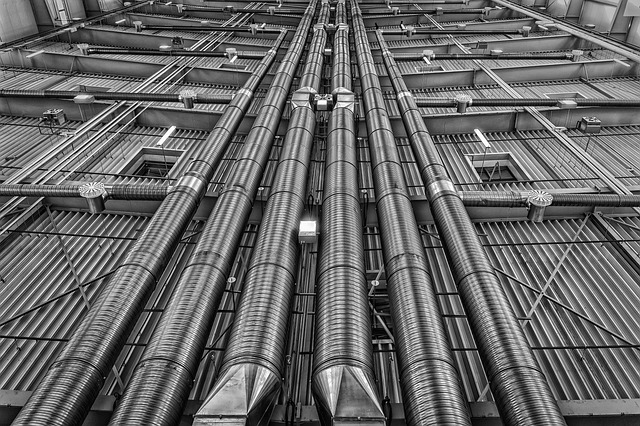
Industrial destratification fans are specialized equipment designed to combat thermal stratification in large spaces. This process ensures uniform air distribution and temperature control in industrial facilities, manufacturing plants, and warehouses, where high ceilings can lead to stagnant air pockets. By breaking up these stratified layers of air, destratification fans improve overall air circulation, resulting in enhanced worker comfort and reduced energy costs.
These fans are particularly useful in factory cooling applications and heavy-duty construction sites, where maintaining optimal temperatures is essential for both efficiency and worker safety. The high-performance nature of industrial destratification fans makes them a game-changer for warehouse applications, providing efficient air movement over large areas. This technology not only improves indoor air quality but also contributes to sustainability goals by minimizing the energy required for cooling in these massive industrial spaces.
Design Considerations for Minimal Visual Impact
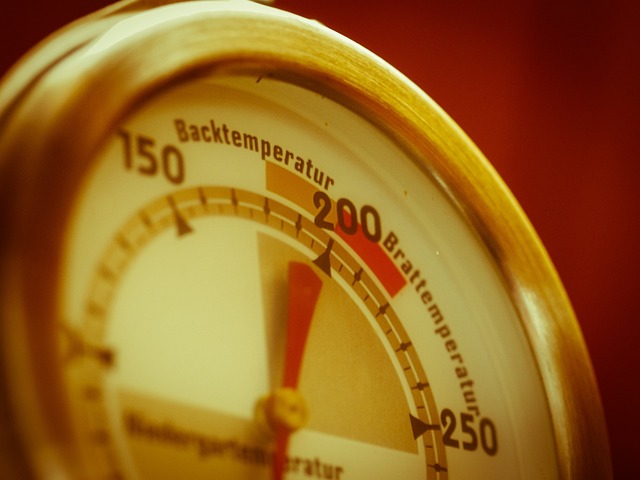
When designing low-profile industrial destratification fans for minimal visual impact, architects and engineers must consider several key factors to ensure they blend seamlessly into their surroundings. First and foremost, the fan’s aesthetic appeal should complement the overall design of the industrial facilities, manufacturing plants, or warehouse applications it will serve. This involves choosing materials and finishes that align with the facility’s architectural style, whether modern, traditional, or something in between.
Additionally, careful consideration must be given to the placement and orientation of these fans to maximize their effectiveness while minimizing their visual disruption. In high ceiling spaces, for instance, strategically positioning industrial destratification fans can help mitigate thermal stratification control issues without creating a distracting visual clutter. By prioritizing energy cost reduction and worker comfort improvement, manufacturers can design heavy-duty construction that efficiently circulates air in large spaces, contributing to a safer, more productive environment without compromising the overall aesthetics of manufacturing plants or factory cooling systems.
Key Features of Low-Profile Fans

Low-profile industrial destratification fans are designed to blend seamlessly into their environment, prioritizing minimal visual impact while delivering maximum performance. These innovative solutions are crucial for industrial facilities and manufacturing plants seeking to enhance worker comfort and improve air circulation in large spaces without compromising aesthetics. Their key features include compact designs tailored for high ceiling spaces, ensuring efficient thermal stratification control with minimal noise levels.
By adopting these low-profile fans in warehouse applications and factory cooling systems, businesses can achieve significant benefits, such as energy cost reduction through enhanced thermal management. The heavy duty construction of these industrial destratification fans makes them suitable for demanding environments, while their quiet operation contributes to a more productive and comfortable work atmosphere across various sectors, from manufacturing to storage facilities.
Applications in Different Industries

Industrial destratification fans are versatile tools with a wide range of applications across various industries. Their primary role is to combat thermal stratification in large spaces, ensuring even air circulation and temperature distribution. This is particularly crucial in industrial facilities, manufacturing plants, and warehouses where worker comfort improvement and energy cost reduction are paramount. By efficiently mixing hot and cold air, these fans can significantly enhance the overall environment, making them ideal for factory cooling.
In warehouse applications, heavy duty construction sites, and high ceiling spaces, low-profile destratification fans offer a discrete yet effective solution. Their minimal visual impact allows them to blend seamlessly into any industrial setting while providing optimal air movement and temperature regulation. This versatility makes them indispensable in many sectors, contributing to not only operational efficiency but also the overall well-being of workers through improved air quality and comfort.
Environmental Benefits and Efficiency
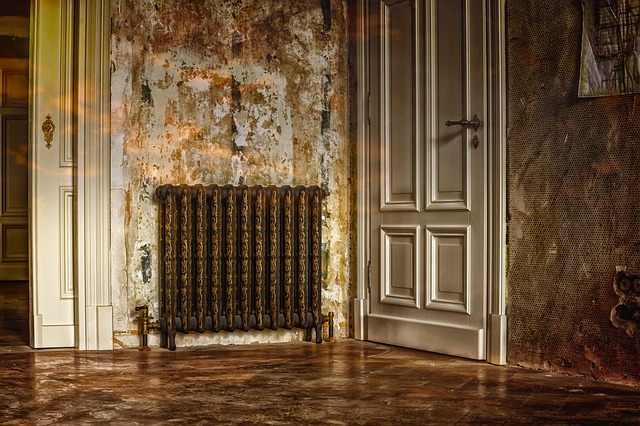
Industrial destratification fans are designed to combat thermal stratification in large spaces, a phenomenon where hot and cold air layers form due to density differences. This issue is prevalent in industrial facilities, manufacturing plants, and warehouses with high ceilings. By efficiently mixing air throughout these expansive areas, these specialized fans create an even temperature distribution, improving worker comfort and productivity.
Beyond enhancing worker comfort, the strategic use of industrial destratification fans offers significant environmental benefits. Effective thermal stratification control can lead to substantial energy cost reduction for manufacturing plants and factories by minimizing the need for excessive cooling or heating. This not only contributes to a greener environment but also supports sustainable warehouse applications and heavy-duty construction projects, ensuring optimal operational efficiency while prioritizing ecological responsibility.
Industrial destratification fans with low-profile designs offer a subtle yet powerful solution for improving air quality and energy efficiency. By prioritizing minimal visual impact, these fans can be seamlessly integrated into various industrial settings without compromising performance or aesthetics. Their key features, such as quiet operation and advanced engineering, make them versatile tools across different industries, contributing to environmentally friendly practices while enhancing overall facility management.


